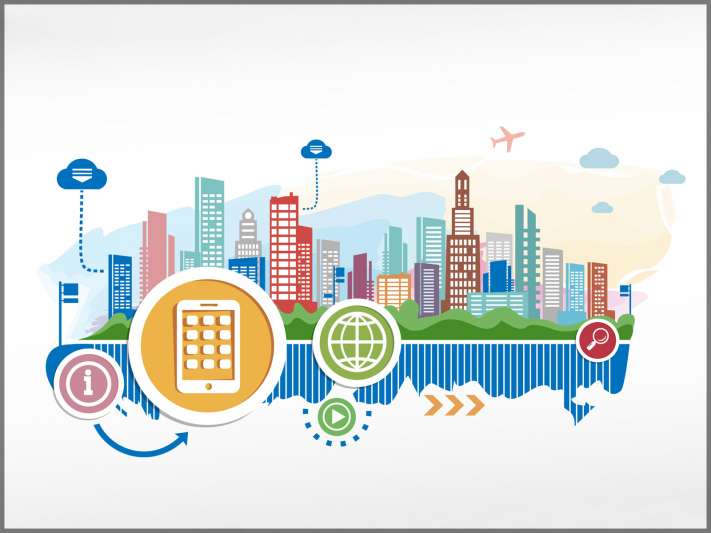Ever since Prime Minister Narendra Modi announced about developing 100 Indian cities into Smart Cities, one of them being Vizag, there has been much hype about what a smart city means. There are people who look at various international cities & hope that is what they’ll end up with. Then there are other that just expect cleanliness and basic amenities to be readily available.
What does smart city mean?
The concept of smart city takes root in people migrating from rural to urban landscapes. The more people migrate, the more space that needs to be developed. Even the major cities all over the world now crumble under overpopulation.
What has changed now?
In 1951, the urban population in India was 62 million, 17% of the total population of the country. Now, the urban population stands at 377 million, 31% of the population. By 2025 it is expected that 45% of the population will turn urban.
What is the consequence?
Due to the increased migration, urban areas face problems such as traffic congestion, clean water, electricity, overcrowding and pollution. The smart cities being built now, have to be built keeping these in mind and with solutions in place.
So what does a smart city really mean?
What it really means is it’s not about the WiFi or metros, the aim of a smart city is to simply mould itself to make the life of an average citizen better. But, there is another definition offered that contradicts it. The International Telecommunication Union (ITU) and United Nations Economic Commission for Europe (UNECE)’s definition is – ‘A smart sustainable city is an innovative city that uses information and communication technologies (ICTs) and other means to improve quality of life, efficiency of urban operation and services, and competitiveness, while ensuring that it meets the needs of present and future generations with respect to economic, social, environmental as well as cultural aspects.’
How will India’s smart cities differ from European ones?
They will be vastly different because the challenges we face are simply different from theirs’ and we are at a whole different stage of development than them. The conceptualisation will even vary from city to city ideally. While this means that there’s no set definition for smart cities, there are certain guidelines chalked out:
1 – Driving economic growth and improving the quality of life of people.
2 – Enabling local development by harnessing technology.
3 – Transforming existing ones into areas with better planning.
4 – Building new areas around the developed cities to accommodate the growing population.
5 – Application of smart solutions to solve problems.
6 – Generating employment and hence enhancing incomes for all in the long run.
What makes a smart city really smart?
There are 10 points on the checklist that need to be ticked off before a city can be called smart:
1 – Adequate water supply
2 – Assured electricity supply
3 – Sanitation, including solid waste management
4 – Efficient urban mobility and public transport
5 – Affordable housing, especially for the poor
6 – Robust IT connectivity and digitisation
7 – Good governance, especially e-Governance and citizen participation
8 – Sustainable environment
9 – Safety and security of citizens, particularly women, children and the elderly
10 – Health and education
How is India achieving its smart city vision?
By collaborating with a number of countries like Sweden, UK, China, Japan and Australia both for funding as well as to learn the basic of smart cities. Sweden will pitch in on waste management, usage of energy, digital urban land management, women empowerment, self-sustainable living and urban transportation. Japan will impart knowledge on how to make our cities modern without losing our cultural identity.
The deadline to meet all these checkpoints is five years since the year of announcement. Only time can tell if India will manage to develop its 20 most promising smart cities, Visakhapatnam included, in the given time.










Discussion about this post